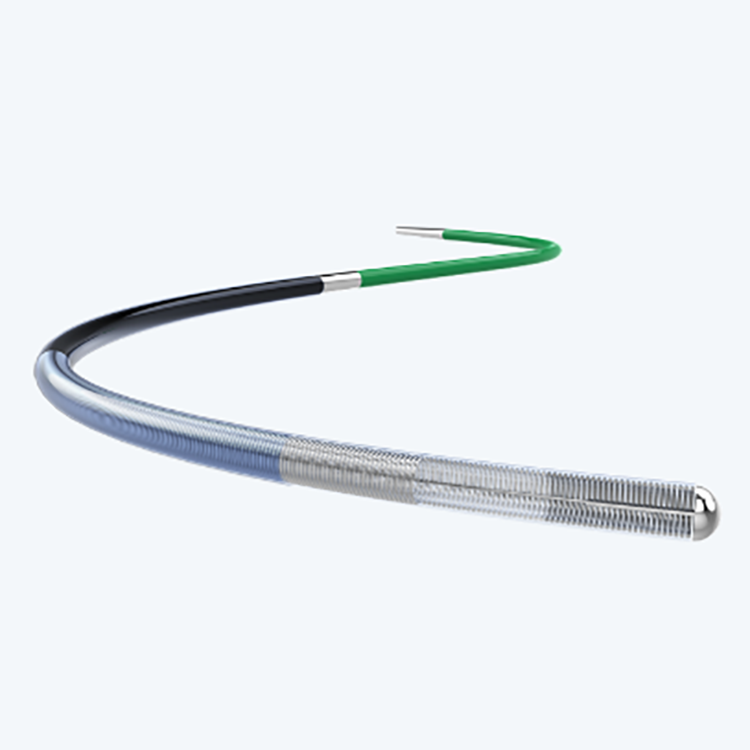In the world of modern medicine, precision, reliability, and safety are non-negotiable. Among the many tools that empower healthcare professionals to deliver high-quality care, the guiding catheter stands out as a critical component in minimally invasive procedures. As part of a broader category of medical catheters, guiding catheters play an essential role in diagnostics, treatment, and surgical interventions. For professionals involved in medical supply and medical consumables, understanding the applications, types, and distinctions of these tools is key to delivering quality healthcare solutions.
What is a Guiding Catheter?
A guiding catheter is a specially designed tube used to guide other instruments, such as stents, balloons, or guidewires, into a specific location within the body—commonly within the vascular system. These catheters offer support and stability, allowing precise control during procedures like coronary angiography or percutaneous coronary intervention (PCI).
Unlike diagnostic catheters, guiding catheters are larger in diameter and more robust, which allows them to deliver other devices while maintaining their position inside the vessel. They are typically inserted through a peripheral artery (such as the femoral or radial artery) and navigated through the vascular system to reach the heart or other target locations.
Types of Guiding Catheters
There are various types of guiding catheters available, each designed to meet specific clinical needs and anatomical variations. The choice of catheter type depends on the procedure, patient condition, and physician preference. Some common types include:
Judkins Left (JL) and Judkins Right (JR): These are commonly used in coronary interventions. JL is designed for the left coronary artery, while JR is used for the right.
Amplatz (AL/AR): Designed for more complex or atypical vascular access, especially when standard catheters cannot provide enough support.
Multipurpose (MP): Offers flexibility for accessing multiple vascular territories.
Extra Backup (XB or EBU): Offers enhanced support and stability for difficult cases or tortuous anatomy.
Each type varies in terms of tip shape, length, and flexibility, making the right selection crucial for procedural success.
Uses of Guiding Catheters in Medical Practice
Guiding catheters are widely used in cardiovascular procedures, neurology, and interventional radiology. Here are some of their primary applications:
Coronary Interventions: To facilitate the placement of stents or balloons in blocked arteries during angioplasty.
Electrophysiology Procedures: For introducing mapping and ablation tools into the heart.
Neurovascular Procedures: For delivering coils or embolic agents in treating aneurysms or arteriovenous malformations.
Peripheral Interventions: Used to access peripheral arteries and deliver treatment to blocked or narrowed vessels.
Because of their versatility and critical role in delivering other instruments, guiding catheters are a staple in the inventory of any medical facility or medical consumables supplier.
Difference Between Guidewire and Catheter
Although often used together, guidewires and catheters serve distinct purposes in medical procedures.
Guidewire: A thin, flexible wire used to navigate through the vascular system to reach a specific target. It acts as a “pathfinder” for catheters and other devices.
Catheter: A hollow tube that is advanced over the guidewire to deliver therapeutic or diagnostic tools to the treatment site.
In short, the guidewire leads the way, and the catheter follows. While the guidewire offers maneuverability, the catheter provides structure and a conduit for further devices.
Guiding Catheters in the Medical Supply Chain
With the rise in cardiovascular diseases and the global shift toward minimally invasive procedures, the demand for guiding catheters has grown significantly. Exporters and manufacturers of medical supplies must ensure that these devices meet international quality standards such as ISO and CE certification.
Factors such as sterilization, material durability, biocompatibility, and packaging are crucial considerations in the export of medical catheters. Companies engaged in global medical consumables trade must also be aware of regulatory requirements in target markets like the EU, US, and Middle East.
Conclusion
The guiding catheter is more than just a piece of tubing—it’s a vital instrument that enables life-saving procedures. As healthcare systems around the world continue to adopt advanced, less invasive treatment options, guiding catheters will remain indispensable tools for clinicians. For stakeholders in the medical supply and medical consumables industry, understanding and promoting the value of these devices is key to driving innovation and improving patient care.
Post time: Jun-09-2025








